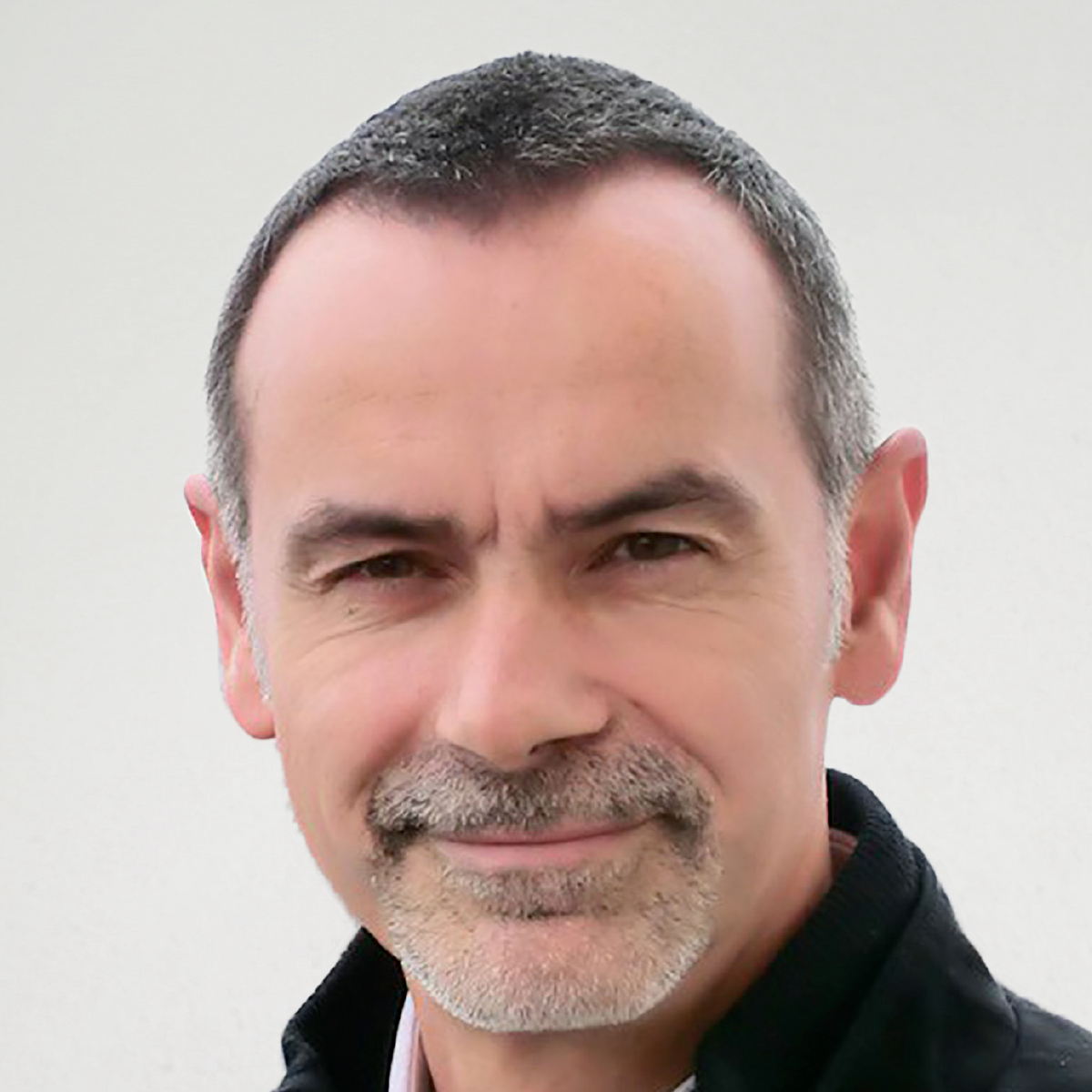

Fredrik Schwenk
Five Elements
Duration: 27'
Five Elements
Sample pages
Audio preview
Video
Work introduction
Fredrik Schwenk: Five Elements - Concerto for Percussion and Orchestra (2024) Inspired by a concert performance by percussionist Cornelia Monske, who presented a traditional drumming programme with her Chinese students for the World Expo in Dubai, the idea was born to develop a concerto that would combine Chinese and European percussion instruments and bridge the two cultures. Based on the Daoist doctrine of the five phases of transformation to describe nature and the laws of dynamic transformation processes such as becoming, change and decay described therein, a formally traditional, three-movement concerto for percussion instruments and orchestra was ultimately created. The material was largely developed from diatonicism (white keys) in a similar way to traditional Chinese music. This resulted in a bright, often low-bass ‘Eastern’ sound that has certain parallels to Beijing opera, but without copying its specific style. The relatively transparent sound typical of this work also shows a certain proximity to the music of Felix Mendelssohn Bartholdy. The darker aspects of the concerto are primarily orientated towards familiar European traditions. A very typical example of this is the bright beginning of the work, which suddenly darkens and breaks the light while retaining the exposed material. Two elements were combined in each of the two framing movements, which are quite similar in their onomatopoeic quality. In Mozart's Magic Flute, the fire test differs from the water test only in terms of text, and Wagner's fire magic at the end of the Valkyrie is not dissimilar to the music describing the floods of the Rhine. Fire and water are followed at the end of the work by the combination of earth and wood, a rather charged espressivo of the lower registers compared to the beginning. At the spiritual centre is a kind of meditation, static, resting in itself with a metallic, matt glow. Flanking the centre are two intermezzi with an unreal, iridescent sound of the waterphone, which is accompanied by a few solo instruments from the orchestra. The number of percussion instruments used is deliberately economical and is divided into three groups of instruments: metal instruments without pitches for the virtuoso opening (fire and water), tuned metal instruments for the spiritual centre of the concerto (metal), the waterphone to the left and right and Asian skin and wood instruments for the eruptive finale (wood and earth).
